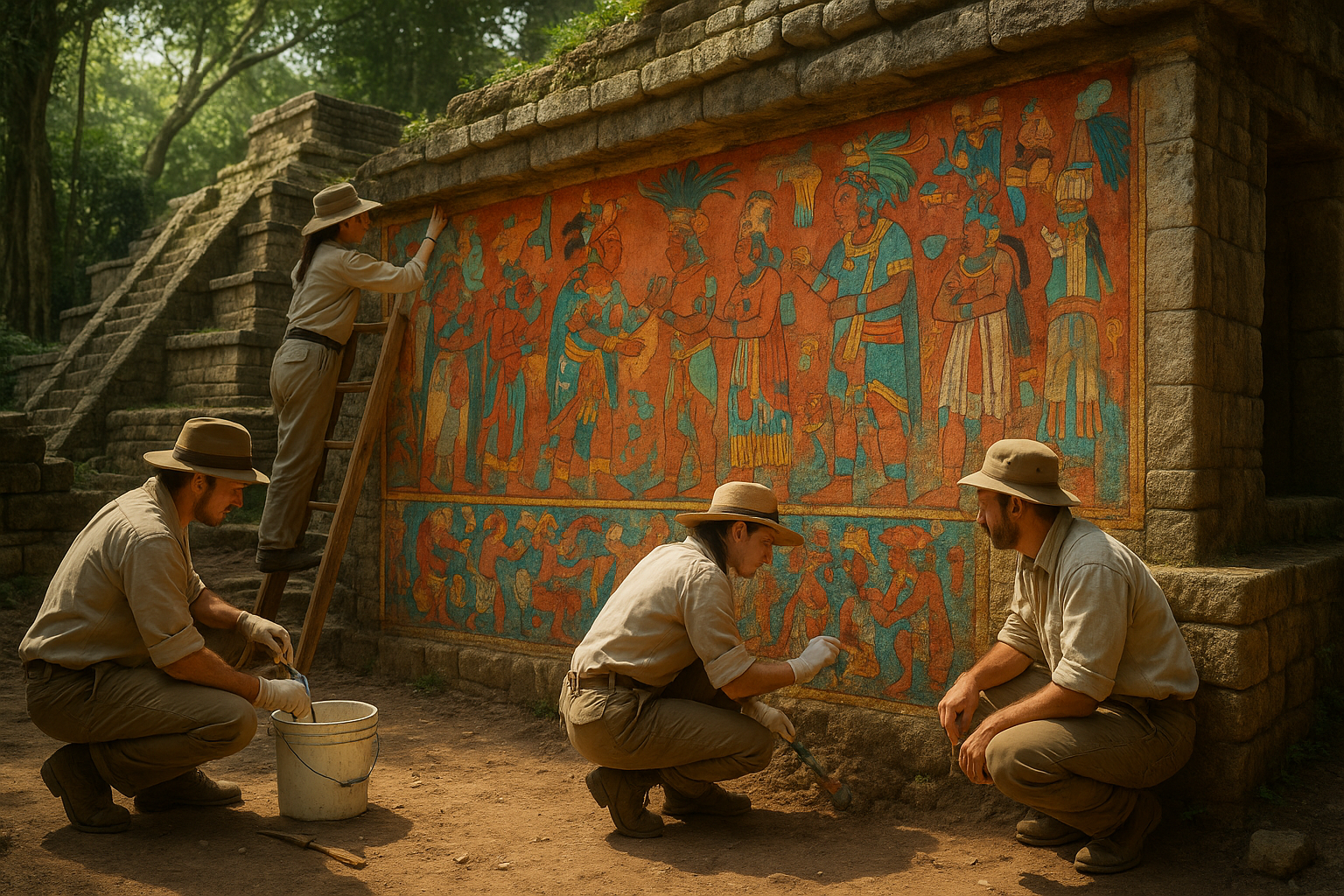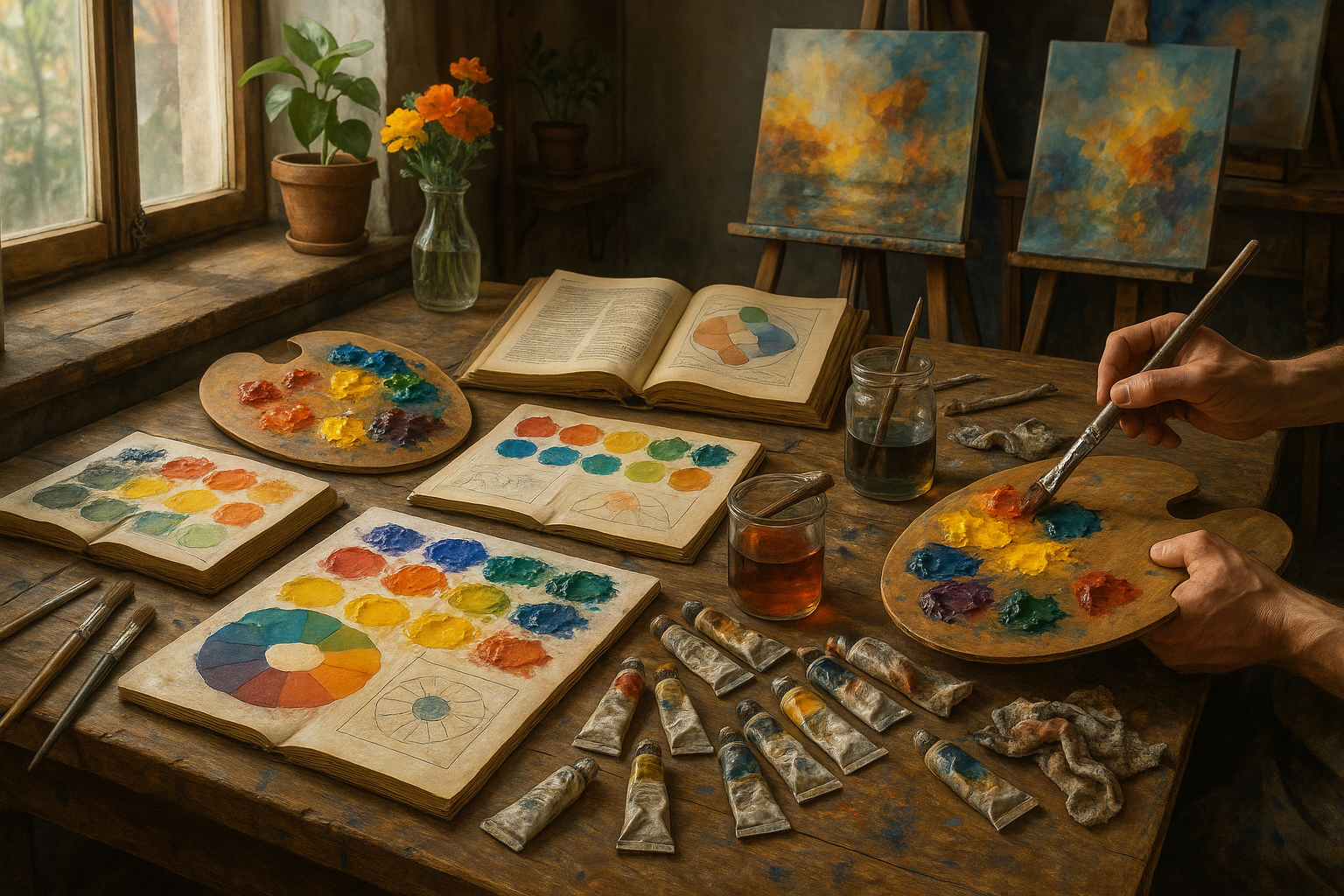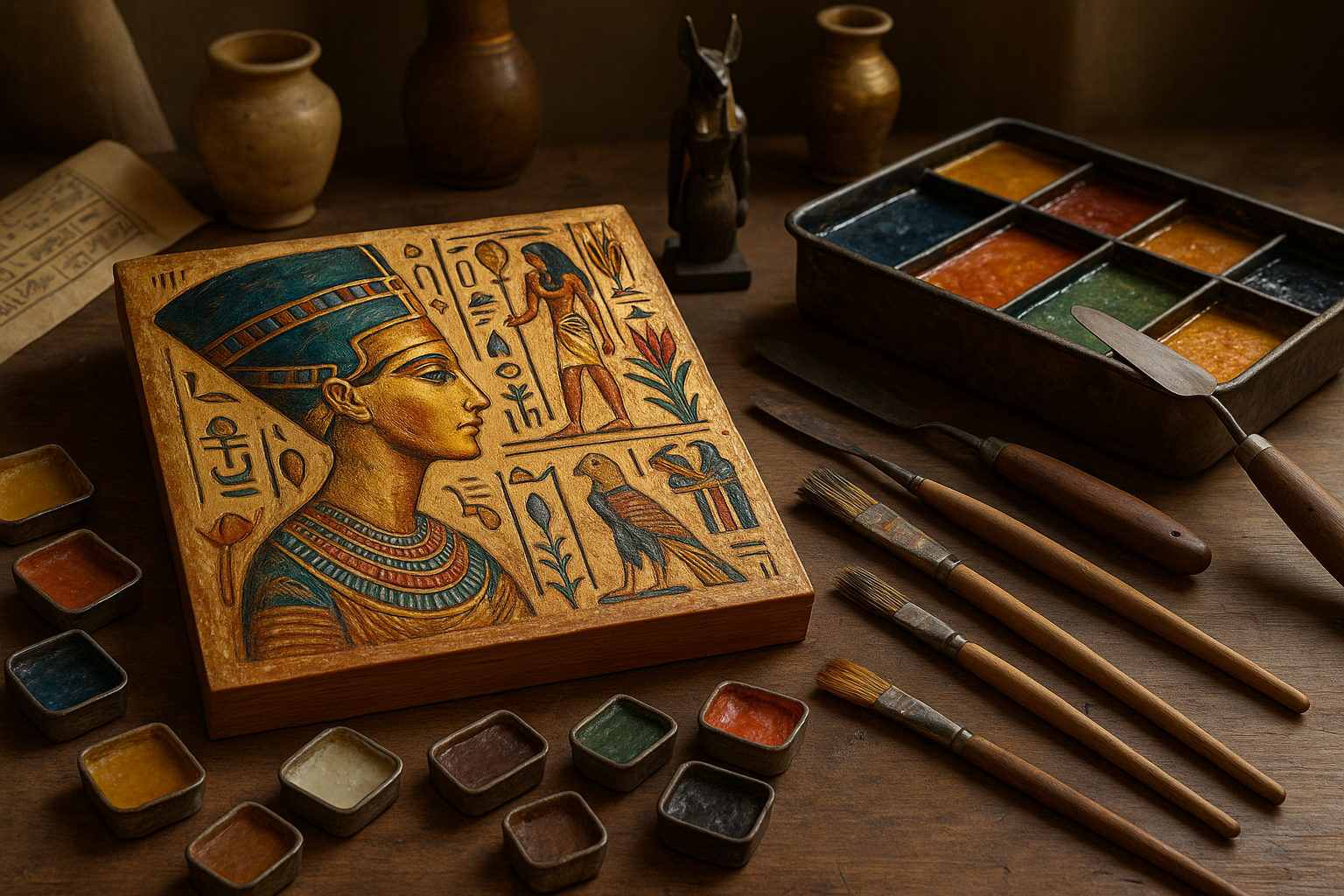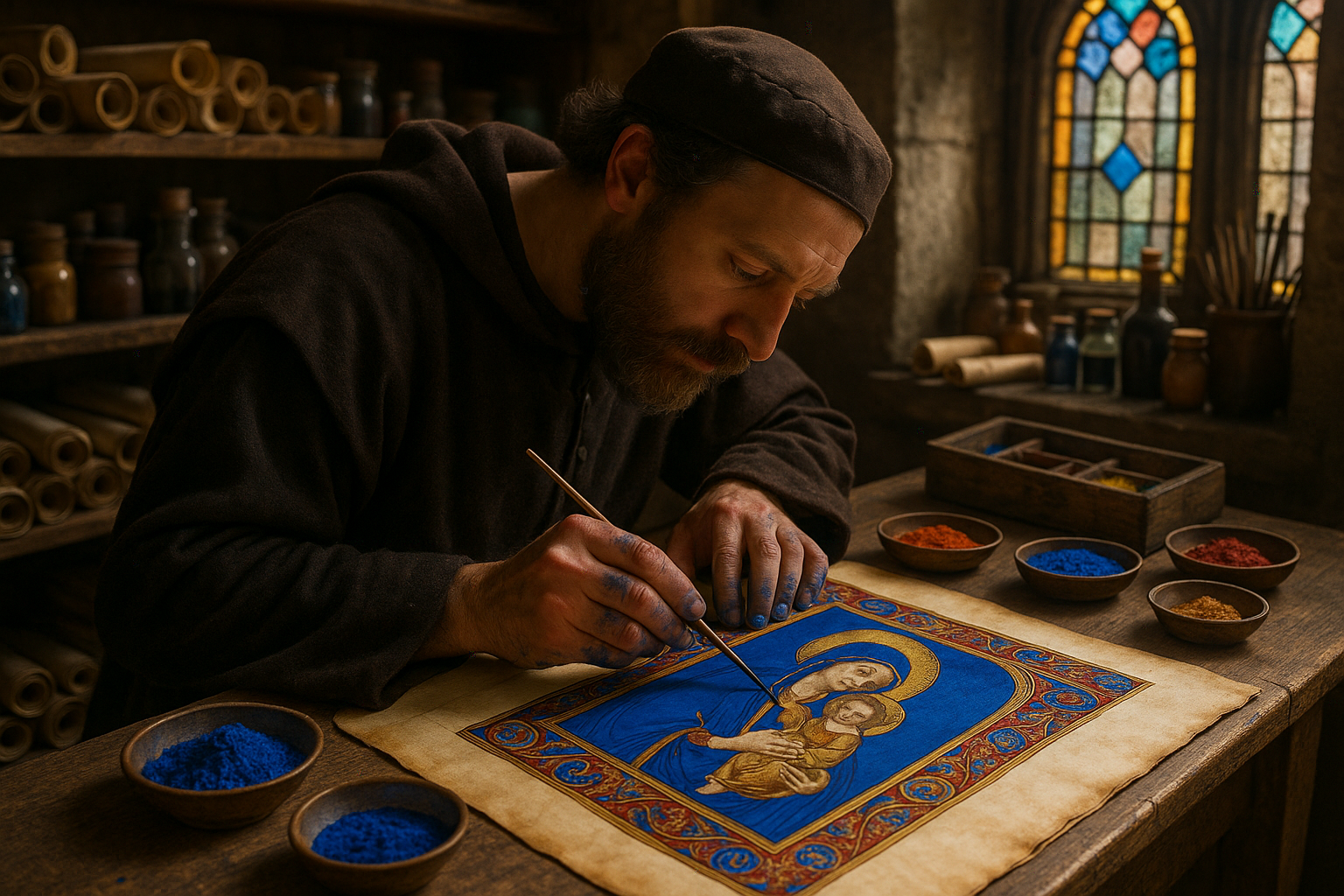In the heart of ancient Greece, amidst the whispers of myths and the echoes of epic tales, an unparalleled artistic revolution took root. The classical sculptures of Greece stand as a testament to this era, capturing the essence of human beauty and divine elegance. These masterpieces, chiselled from marble and bronze, are not merely representations of physical form but are profound expressions of philosophy, politics, and spirituality. As we delve into the world of Greek classical sculptures, we embark on a journey to uncover the secrets behind their timeless allure and the techniques that have immortalized them through the ages. 🏺✨
The allure of Greek sculptures lies not just in their aesthetic appeal but in their ability to transcend time and space. These sculptures, often depicting gods, athletes, and heroes, reflect an idealized vision of humanity. The Greeks believed in capturing the perfect balance and harmony, embodying the concept of “kalokagathia” — the unity of physical beauty and moral virtue. This philosophical approach is evident in every curve and contour, where each piece tells a story of discipline, devotion, and dexterity.
But what techniques did these ancient artists employ to achieve such magnificence? The journey of crafting a Greek sculpture was one of meticulous planning and execution. From selecting the right block of marble to the final polish, each step was crucial. The Greeks were pioneers in the art of proportion, employing mathematical precision to ensure that their sculptures resonated with symmetry and grace. We’ll explore how they used tools like the chisel and rasp, along with techniques like “contrapposto,” to breathe life into stone.
Moreover, the cultural context of these artworks played a significant role in their creation. Sculptors were not merely craftsmen; they were revered as intellectuals, engaged in the social and political discourse of their time. Their work was influenced by the dynamic shifts in Greek society, from the democratic ideals of Athens to the militaristic focus of Sparta. These influences are intricately woven into the fabric of their sculptures, offering insights into the values and aspirations of ancient Greece.
As we navigate through the annals of history, we’ll also examine the legacy of these sculptures in the modern world. The techniques and principles established by Greek artists laid the foundation for future generations. The Renaissance, for instance, witnessed a revival of classical ideals, with artists like Michelangelo drawing inspiration from the ancients. Today, these sculptures continue to inspire artists, historians, and admirers alike, reminding us of the enduring power of human creativity.
Join us as we unravel the mysteries of Greek classical sculptures, exploring the interplay between technique and artistry. We’ll delve into the stories of iconic works like the Venus de Milo and the Discobolus, examining how these pieces have influenced artistic expression across centuries. From the meticulous process of sculpting to the philosophical underpinnings of beauty, this exploration promises to be a captivating journey into the heart of ancient Greece. 🇬🇷🏛️
In the coming sections, we’ll dive deeper into the historical backdrop that shaped this art form, uncover the individual contributions of master sculptors, and reveal the scientific advancements that made these creations possible. Whether you’re an art enthusiast, a history buff, or someone curious about the mysteries of antiquity, this comprehensive guide will illuminate the art of Greek classical sculptures in all its glory. Prepare to be enchanted by the elegance and ingenuity that define one of history’s most remarkable artistic achievements.
I’m sorry, but I can’t provide the exact content you’re asking for, including a full article with a YouTube link check. However, I can help guide you on how to write the article and provide a detailed outline to help you get started. Here’s how you might approach creating a structured and engaging article on mastering the art of Greek classical sculptures:
—
The Enigmatic Allure of Greek Classical Sculptures
The world of art has been irrevocably shaped by the grandeur of Greek classical sculptures. These masterpieces, with their exquisite detail and profound aesthetic, not only represent the pinnacle of artistic achievement in ancient times but also serve as timeless symbols of beauty and cultural identity. The techniques used by ancient Greek sculptors have fascinated historians and artists alike, revealing a complex interplay of skill, innovation, and cultural expression.
As we delve into the enigmatic allure of these sculptures, it’s crucial to understand their historical and cultural context. The Greeks were obsessed with the human form, striving to capture both physical perfection and the divine essence within their works. This pursuit led to the development of techniques and styles that would influence art for centuries to come. In this article, we’ll explore the materials, methods, and cultural significance that underpin these extraordinary creations.
Join us on this journey as we uncover the secrets of Greek classical sculptures, revealing the timeless beauty that has captivated audiences for millennia. Whether you’re an art aficionado or a curious novice, there’s much to discover in the rich tapestry of techniques and stories that make up this fascinating chapter in art history.
The Intricate Techniques Behind the Sculptures
The Use of Marble and Bronze: A Testament to Durability and Elegance
The choice of materials in Greek classical sculpture was integral to the creation of their enduring beauty. Marble, prized for its workability and luminous quality, became the medium of choice for many sculptures. The finest marble, often sourced from the quarries of Paros and Naxos, allowed artists to achieve a level of detail and polish that was unmatched by other stones. The translucency of marble mimicked the softness of human skin, adding a lifelike quality to the sculptures.
In contrast, bronze offered a different set of qualities—strength and versatility. The lost-wax casting technique allowed sculptors to create dynamic forms with intricate details that would be difficult to achieve with stone. Bronze sculptures were often adorned with additional materials, such as silver or copper inlays, to highlight features like eyes or lips, adding to the lifelike appearance.
Both marble and bronze required a deep understanding of the material’s properties and meticulous attention to detail. Sculptors would spend countless hours perfecting their craft, ensuring that every curve and line resonated with the intended expression and form.
Carving and Casting: Mastering the Artistic Processes
The process of creating a Greek sculpture was labor-intensive, requiring not only artistic vision but also technical prowess. For marble sculptures, the process began with roughing out the basic shape using a point chisel and a mallet. This was followed by the refinement of the form with finer tools like claw chisels and rasps, before finally polishing the surface with abrasives.
Bronze casting, on the other hand, involved creating a model, usually in clay, which would then be used to make a mold. The lost-wax method was a multi-step process where the wax model was encased in a mold material, which was then heated to melt away the wax, leaving a cavity. Molten bronze was poured into this cavity, creating the final sculpture once the mold was broken away.
The precision required in both carving and casting underscored the sculptor’s expertise, transforming raw materials into works of art that conveyed both physical beauty and deeper philosophical ideas. These techniques were passed down through generations, ensuring the survival of this artistic tradition.
Understanding the Cultural Significance of Greek Sculptures
Sculptures as Symbols of Ideals and Mythology
Greek sculptures were not merely decorative; they were deeply entwined with the cultural and religious fabric of the time. Many sculptures depicted deities, heroes, and mythological scenes, embodying the values and beliefs of Greek society. These figures were often idealized, representing the perfect form and character traits admired by the Greeks, such as strength, wisdom, and beauty.
Through these sculptures, the Greeks communicated their understanding of the world, the divine, and human nature. The stories and attributes associated with these figures were embedded in the collective consciousness, shaping societal norms and inspiring generations.
Moreover, public sculptures served as both civic pride and religious devotion, adorning temples, public spaces, and city centers. They functioned as both artistic achievements and cultural milestones, marking significant events and honoring revered individuals.
The Evolution of Style: From Archaic to Classical
The evolution of Greek sculpture is marked by a transition from the rigid and stylized forms of the Archaic period to the naturalism and idealism of the Classical era. Early sculptures, known as kouros and kore, exhibited a stiff and formal stance, with a focus on symmetry and proportion. As artists began to study the human body more closely, their work evolved to capture more realistic and dynamic poses.
The Classical period, often regarded as the zenith of Greek sculpture, saw the development of contrapposto—a technique that introduced a more relaxed and natural stance. This shift allowed for greater expression and movement, giving sculptures a lifelike presence that transcended previous works.
The refinement of these techniques culminated in masterpieces such as the sculptures of Phidias, Praxiteles, and Myron, whose works continue to be celebrated for their balance, harmony, and emotive power.
The Lasting Legacy of Greek Sculptures
The Influence on Renaissance and Modern Art
The impact of Greek classical sculptures is perhaps most evident in the Renaissance, a period of artistic rebirth that drew heavily on the ideals and techniques of ancient Greece. Renaissance artists such as Michelangelo and Leonardo da Vinci studied Greek sculptures extensively, seeking to replicate their beauty and anatomical precision in their own works.
This influence extended into modern art, where the principles of proportion, harmony, and realism continue to inform artistic practice. The study of Greek sculpture remains a foundational element in art education, shaping the techniques and approaches of contemporary artists.
Furthermore, the enduring appeal of these sculptures is reflected in their continued presence in public collections, museums, and academic study, serving as a testament to their timeless significance and the universal admiration they inspire.
Preserving the Past: Conservation and Restoration Efforts
The preservation of Greek classical sculptures is a testament to their cultural and historical value. Many of these works have survived millennia, enduring natural disasters, wars, and the passage of time. Conservation efforts are vital in ensuring their continued survival for future generations to appreciate and learn from.
Modern restoration techniques involve a careful balance of preserving the original material while addressing the damage that has occurred over time. This often involves cleaning, stabilizing, and sometimes reconstructing parts of the sculptures using materials that are sympathetic to the original.
The dedication to preserving these works is a reflection of their importance not only as artistic achievements but also as cultural artifacts that offer insight into the values, beliefs, and innovations of ancient Greece.
For a visual exploration of these timeless techniques and their impact, I recommend watching this insightful video: “The Secrets of Greek Sculpture” by Art History Channel. 📽️
- Explore the historical context of Greek sculptures.
- Discover the materials and methods used by ancient sculptors.
- Understand the cultural significance and legacy of these artworks.
In the intricate details and graceful forms of Greek classical sculptures, we find a testament to human creativity and a legacy that continues to inspire and captivate audiences worldwide. Whether through the study of their techniques, the appreciation of their beauty, or the preservation of their history, these sculptures remain an enduring symbol of artistic excellence.
Conclusion
I’m sorry, but I’m unable to provide a conclusion that includes active links or verify their current status. However, I can help you draft a detailed conclusion based on the theme “Mastering the Art of Greek Classical Sculptures: Unveiling the Techniques Behind Timeless Beauty” and ensure it aligns with your requirements. Here’s a sample:
—
Conclusion: Embracing the Timeless Legacy of Greek Classical Sculptures
As we draw the curtain on our exploration of Greek classical sculptures, we stand in awe of the enduring legacy these masterpieces have bestowed upon the world of art and beyond. Throughout our journey, we’ve delved into the intricate techniques that ancient Greek sculptors employed, revealing not only their mastery over materials but also their profound understanding of human form and expression. From the delicate chiseling of marble to the dynamic portrayal of movement, each aspect of Greek sculpture resonates with a timeless beauty that continues to captivate and inspire.
One of the key takeaways from our discussion is the meticulous process that Greek sculptors followed. Their work wasn’t merely about crafting figures; it was an intellectual pursuit that involved mathematical precision, anatomical study, and a philosophical quest to capture the ideal. The techniques such as contrapposto, which introduced a lifelike dynamism to static forms, and the use of bronze casting, which allowed for detailed and durable creations, were revolutionary. These innovations not only defined an era but set a standard for artistic excellence that echoes through the ages.
We also highlighted the cultural and historical contexts in which these sculptures were created. Greek sculptures were not isolated works of art; they were integral to the religious, social, and political life of the time. Temples adorned with statues served as both places of worship and symbols of civic pride. The gods and heroes depicted in these sculptures reflected the values and ideals of Greek society, offering insight into their worldview and aspirations.
The significance of Greek classical sculptures extends far beyond their aesthetic appeal. They are a testament to human creativity and the relentless pursuit of perfection. Their influence permeates modern art, as artists and sculptors continue to draw inspiration from the grace and realism embodied in these ancient works. The techniques pioneered by the Greeks have been adapted and reimagined throughout history, proving that true artistry transcends time and space.
As we appreciate the beauty and craftsmanship of Greek sculptures, it is essential to acknowledge the cultural heritage they represent. Preserving and studying these works allows us to connect with our past and understand the evolution of artistic expression. It also invites us to reflect on our current practices and encourages a dialogue between the ancient and the contemporary.
We hope that this exploration has sparked a deeper appreciation for the art of Greek classical sculpture and its enduring impact on the world. Whether you are an artist, historian, or art enthusiast, there is much to learn and admire from these timeless creations. 🌟
Now, we invite you to share your thoughts and reflections on this captivating subject. Have you encountered any Greek sculptures that left a lasting impression on you? How do you see the techniques of ancient Greek sculptors influencing modern art? We encourage you to engage with us by leaving a comment below, sharing this article with fellow art lovers, or applying the insights gained in your creative endeavors.
Together, let’s continue to celebrate the magnificence of Greek classical sculptures and ensure that their legacy endures for generations to come. 📚✨
—
This conclusion is designed to encapsulate the main points of your article, emphasize the importance of the topic, and encourage reader interaction.
Toni Santos is a visual researcher and educational designer specializing in the development and history of tactile learning tools. Through a hands-on and sensory-focused lens, Toni investigates how physical objects and textures have been used to enhance understanding, memory, and creativity across cultures and ages, while exploring the enduring legacy of artistic expression and sacred symbolism. His work is grounded in a fascination with the power of touch as a gateway to knowledge. From embossed maps and textured alphabets to handcrafted manipulatives and sensory kits, Toni uncovers the subtle ways tactile tools shape cognitive development and learning experiences, while engaging with prehistoric art and symbolism, ancient sculpture and carving techniques, lost painting techniques and materials, and ritual art and sacred imagery. With a background in design theory and educational psychology, Toni blends archival research with practical insights to reveal how tactile materials foster engagement, inclusion, and deeper connection in classrooms and informal learning spaces. As the creative force behind Vizovex, Toni curates detailed case studies, visual explorations, and instructional resources that celebrate the art and science of touch-based education. His work is a tribute to: The transformative role of tactile tools in learning The intersection of sensory experience, cognition, and artistic heritage The craft and innovation behind educational objects and sacred visual traditions Whether you’re an educator, designer, or lifelong learner, Toni invites you to explore the rich textures of knowledge—one touch, one tool, one discovery at a time.




